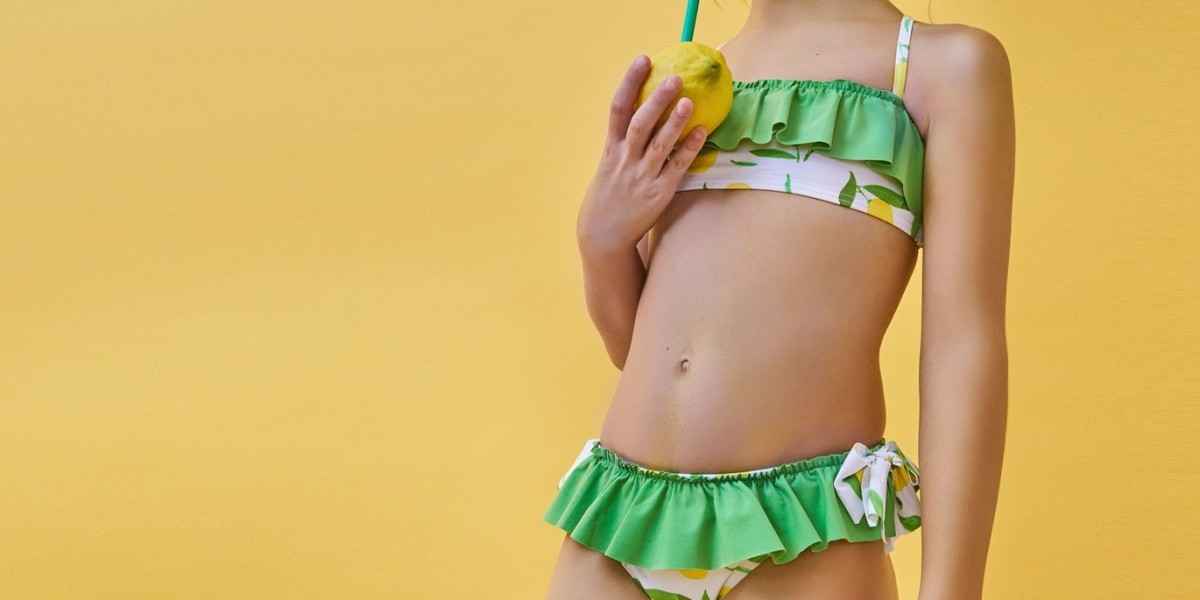Illuminate Your Shots: Discover the Must-Have Lighting Secrets for Stunning Photography!
Photography is an art that transcends mere image capture; it’s about creating visual narratives that resonate with viewers. At the heart of these captivating visuals lies one crucial element: lighting. Proper lighting can transform ordinary shots into stunning masterpieces, highlighting textures, colors, and moods that tell a compelling story. Whether you're a seasoned photographer or a budding enthusiast, understanding lighting is essential to elevating your photography. Common types of lighting include natural light from the sun, artificial light from lamps and flashes, and various lighting kits designed specifically for photography. In this article, we'll delve deep into the world of photography lighting, exploring different products and techniques that can enhance your photographic journey and help you capture breathtaking images.

The Basics of Photography Lighting
Understanding the basics of photography lighting is foundational for any photographer. Light quality can be categorized into two main types: natural and artificial. Natural light, sourced from the sun or moon, varies significantly throughout the day and can create stunning effects, especially during the golden hour. On the other hand, artificial lighting encompasses everything from studio strobes to LED panels, providing photographers the ability to create consistent and controlled light conditions. Key qualities of light include intensity—how bright or dim the light is; direction—where the light is coming from, which influences shadows and highlights; and color temperature, which affects the overall hue of the image. For instance, a warm light can evoke feelings of coziness, while a cooler light may impart a sense of calm. Mastering these concepts is vital for anyone looking to enhance their photography skills.
Types of Lighting Equipment
When it comes to photography lighting equipment, there are several options available, each with its own set of advantages and disadvantages. Continuous lights provide a constant source of illumination, making them ideal for video and still photography alike; however, they can generate heat and consume more energy. Strobes, or flash units, offer powerful bursts of light, perfect for freezing motion and creating dramatic effects, but they require a bit more technical knowledge to use effectively. LED panels have gained popularity for their energy efficiency and versatility; they can be dimmed and adjusted for color temperature, making them suitable for various shooting scenarios. While each type of lighting equipment has its pros and cons, choosing the right one depends largely on your specific needs and shooting style.
Softboxes and Diffusers
Softboxes and diffusers play a crucial role in creating soft, even lighting, which is particularly important in portrait and product photography. A softbox is a light modifier that encloses the light source, diffusing the light as it passes through the fabric. This results in a gentle, flattering illumination that minimizes harsh shadows and highlights. Diffusers can be used independently or alongside other lighting equipment to achieve similar effects. For instance, I once assisted a friend during a portrait shoot where we employed a softbox. The results were striking, transforming the subject’s features beautifully, and highlighting the details of the clothing without overwhelming the image with harsh light. This experience underscored the importance of soft lighting in achieving professional-looking results.
Reflectors and Flags
Reflectors and flags are essential tools that allow photographers to manipulate light and control exposure. Reflectors bounce light back onto the subject, creating highlights and filling in shadows, which is particularly useful in outdoor settings where natural light can be inconsistent. Flags, on the other hand, are used to block or absorb light, creating shadows and enhancing contrast. A friend of mine once shared how using a simple reflector during a golden hour shoot dramatically changed the outcome of her images. By bouncing a bit of sunlight onto her subject, she was able to achieve a stunning glow that enhanced the overall composition. When using reflectors and flags, it’s crucial to experiment with their positioning to find the most flattering angles that complement your subject.
Creative Lighting Techniques
Beyond the basics of lighting equipment, various creative lighting techniques can significantly enhance storytelling in photography. Techniques like backlighting place the light source behind the subject, creating silhouettes and adding depth to images. Rim lighting, on the other hand, highlights the edges of a subject, providing a striking contrast that draws attention. Low-key lighting features predominantly dark tones with selective highlights, producing a dramatic effect, while high-key lighting uses bright, even illumination to create a light and airy feel. One of my favorite shoots involved utilizing backlighting to capture a model in a field at sunset. The resulting images were ethereal, with a warmth that evoked emotion and intrigue. Experimenting with these techniques not only enhances the visual appeal of your photographs but also deepens the narrative conveyed through your images.
Mastering Photography Lighting for Stunning Images
In conclusion, mastering photography lighting is a pivotal step in becoming a skilled photographer. By understanding the fundamentals, exploring different types of equipment, and employing creative techniques, you can significantly improve the quality of your images. Whether you're capturing portraits, landscapes, or product shots, the right lighting can make all the difference in how your work is perceived. So, grab your gear, experiment with various lighting setups, and watch as your photography skills flourish. Embrace the journey of discovery in the world of lighting, and let your creativity shine through every shot!







